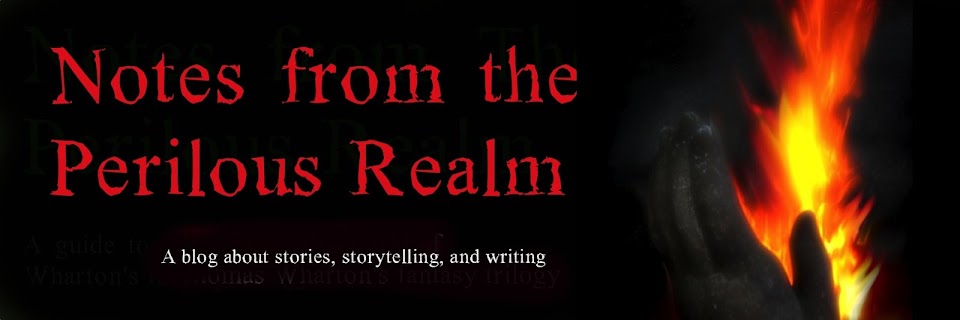The elements of story # 3: air.
Our revels now are ended. These our
actors,
as I foretold you, were all spirits and
are melted into air, into thin air….
as I foretold you, were all spirits and
are melted into air, into thin air….
--
Shakespeare, The Tempest
Prospero, the magician in Shakespeare’s The Tempest, is a brilliant storyteller. Almost the first thing we
see him doing in the play is telling his daughter Miranda the story of how the
two of them came to live on this enchanted island. He tells it with such skill
and power that Miranda exclaims “Your tale, sir, would cure deafness.”
But the story he tells doesn’t have an ending … yet. The play
that unfolds before us is the completion of that unfinished story. From start
to finish we see Prospero, with his magical art, in control of everything that
happens. He carefully shapes events in order to weave a happy ending, and the
element he uses most in his story-shaping is air.
The chief spirit under his command, Ariel, not only has an
airy name, he is mostly air himself. Ariel “performs” the storm which brings
the ship carrying Prospero’s treacherous brother Antonio to the island. At
Prospero’s bidding he creates lifelike visions that beguile or frighten, and
just as quickly makes them dissolve. Like air, he seems to be able to go anywhere
-- he has no physical limitations, other than Prospero’s power over him. (Of
course Prospero has another servant who is far more solid and far less willing:
Caliban, whom he refers to at one point as “thou earth.”) After one of Ariel’s
visions has suddenly vanished, Prospero tells Ferdinand that the spirits have
melted into thin air. He then goes on to say that everything in the world will
eventually do the same, since “we are such stuff as dreams are made on.”
Air, then, is the boundless freedom of the storytelling mind,
constrained only by the storyteller’s skill and vision. Air is the breath of
inspiration, by which the maker of story reimagines and shapes experience into the stuff dreams are made on. And air is the word, uttered by the breath, or spoken silently in the
reader’s thoughts, which weaves the “baseless fabric” of a story.


No comments:
Post a Comment